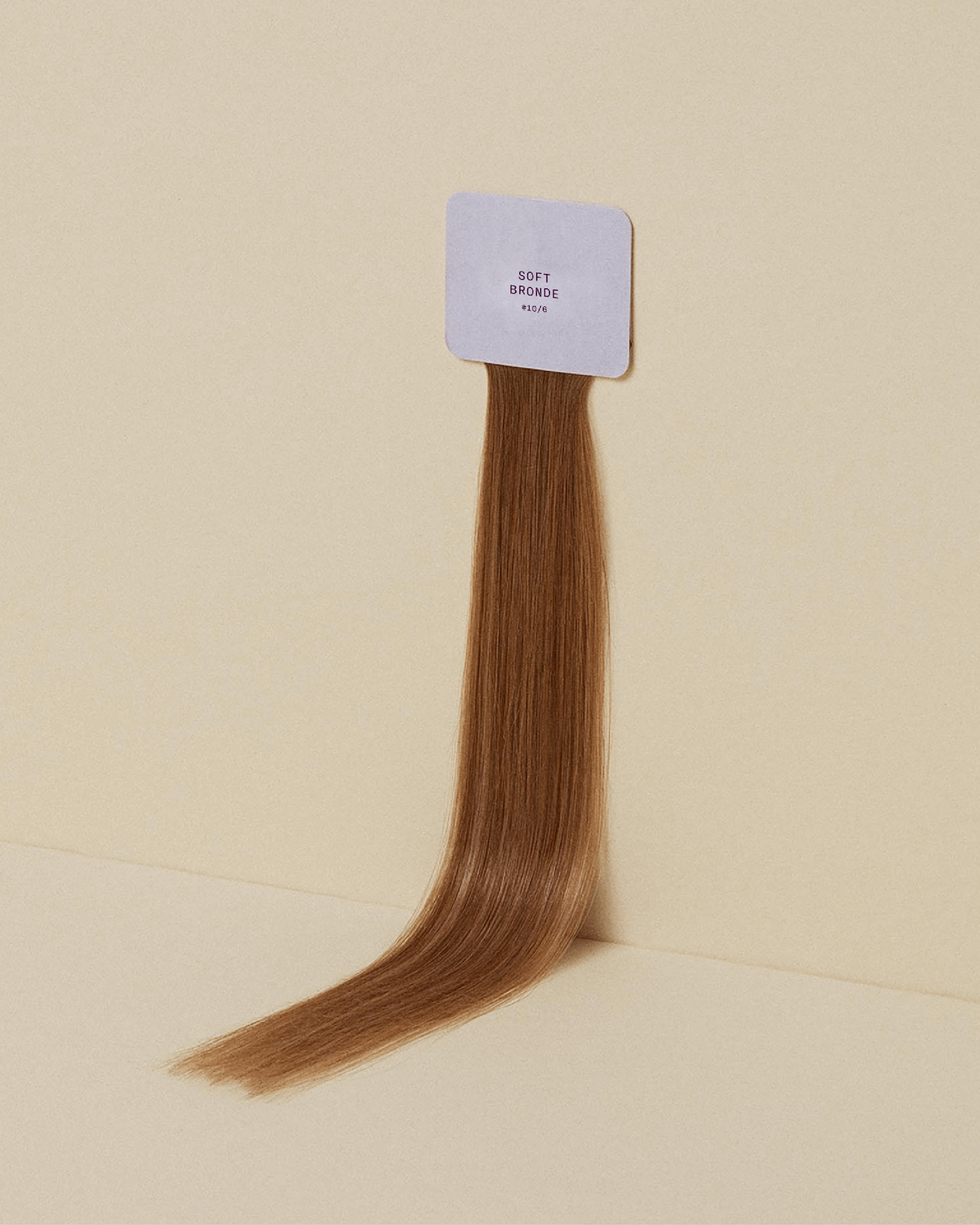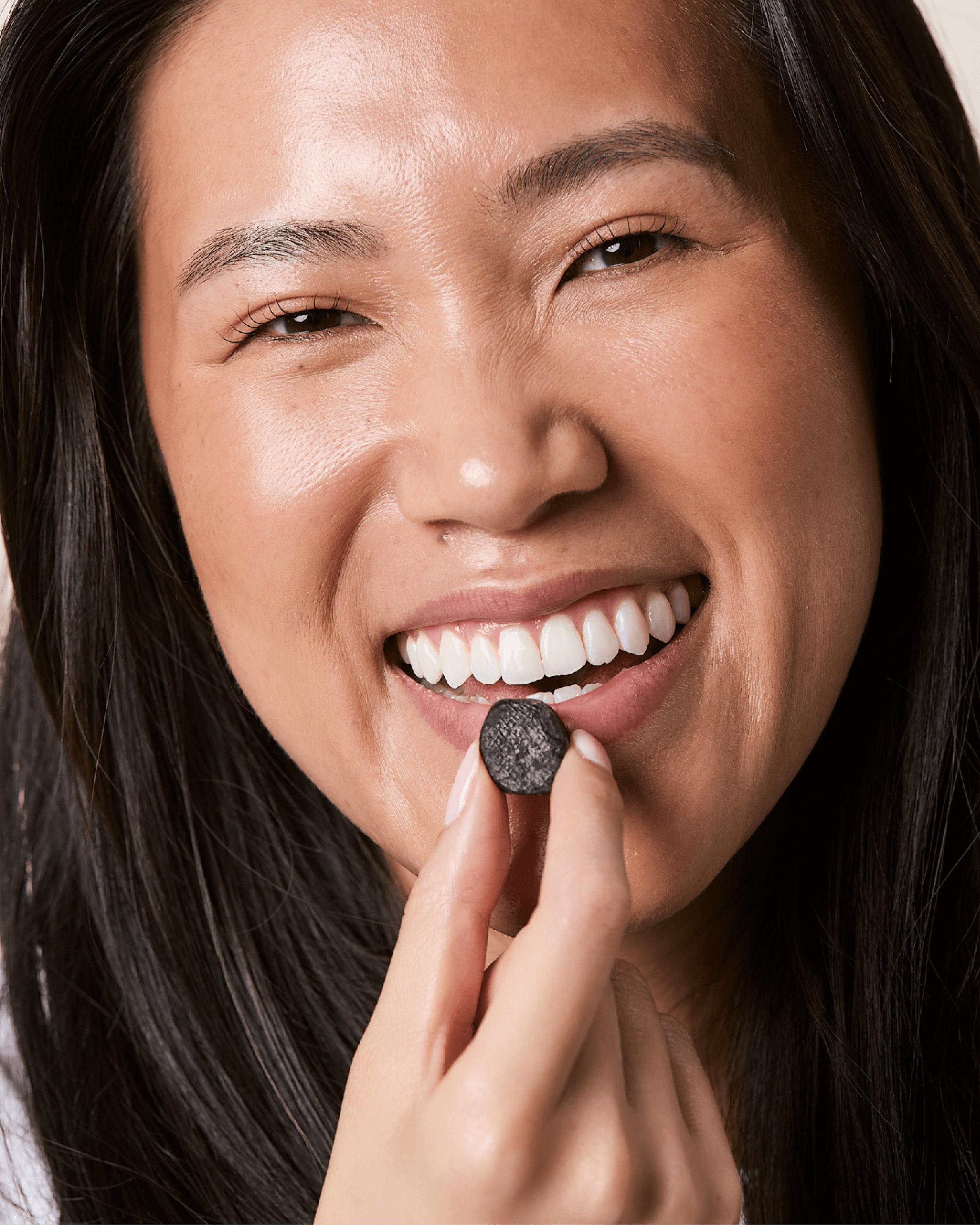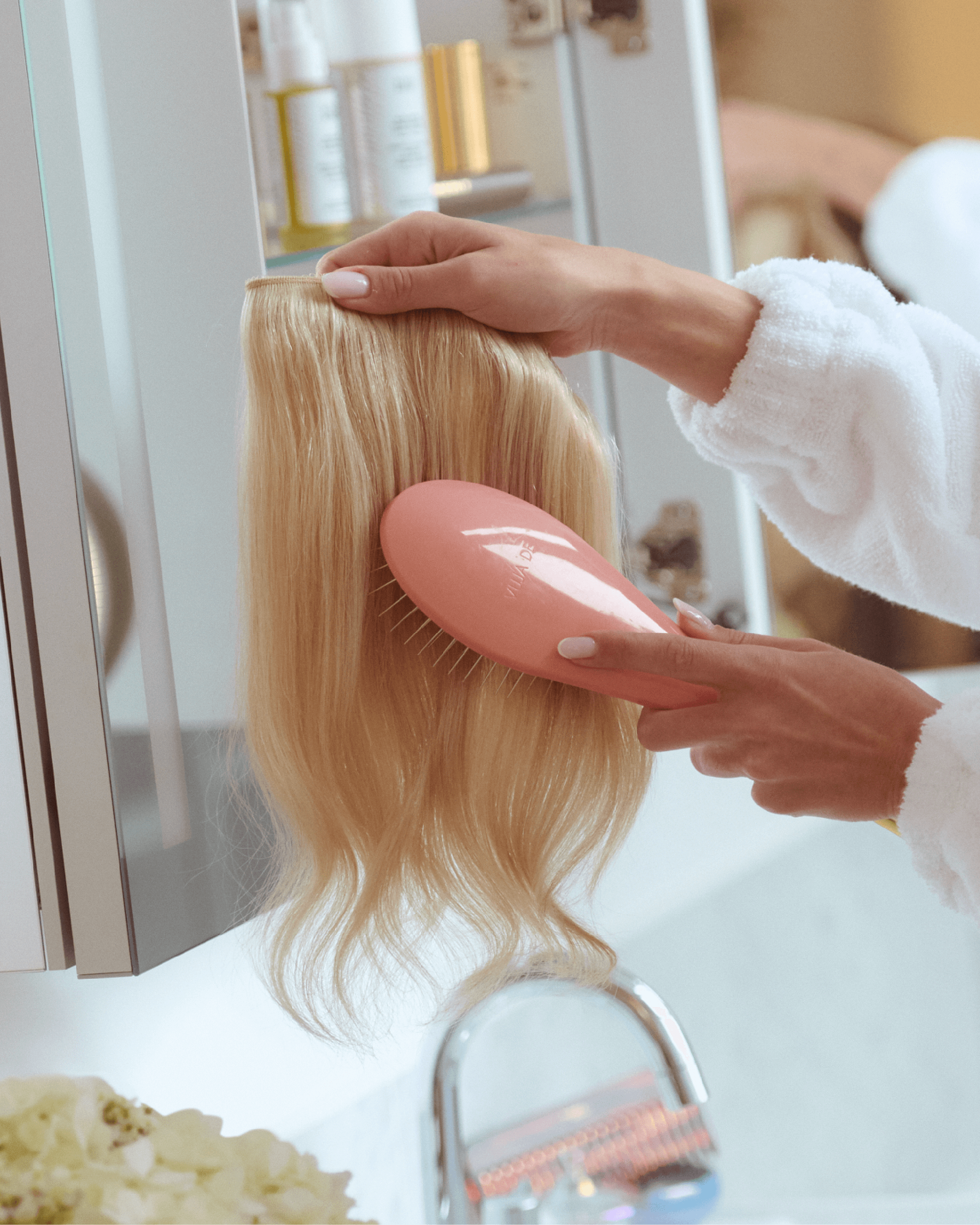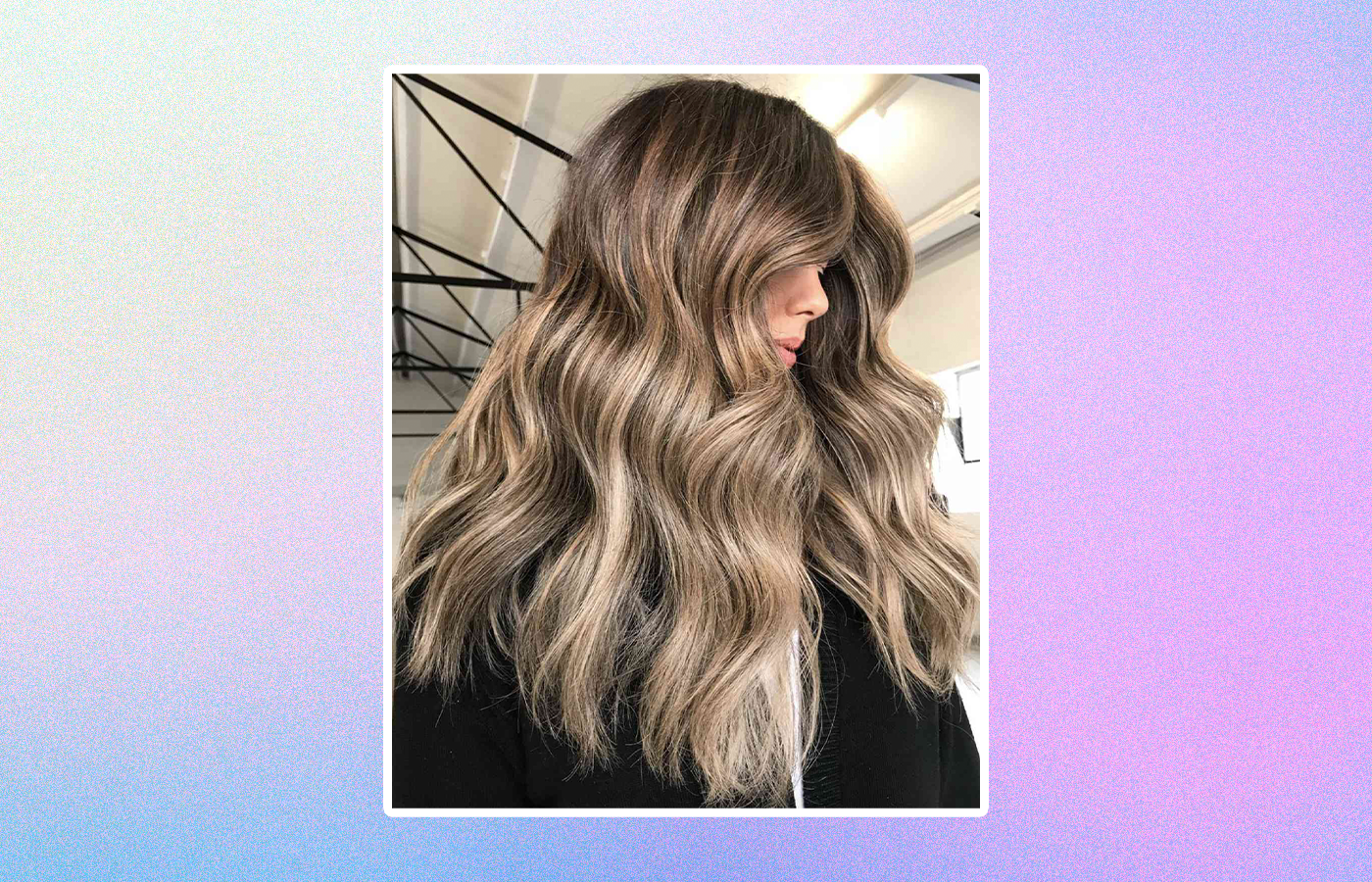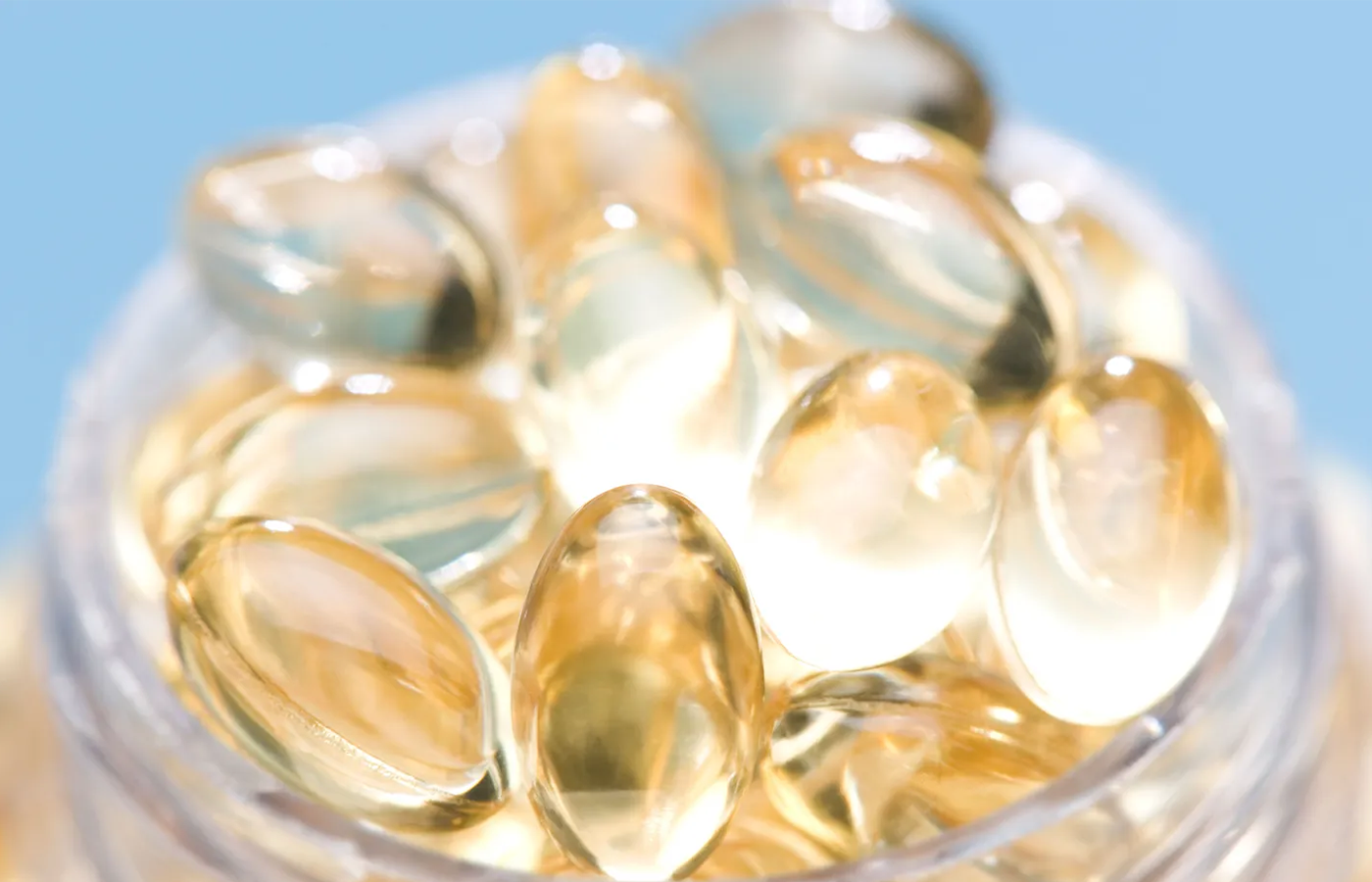Leave in conditioner is the lazy girl hack to getting a boost of just about anything your hair needs: more moisture, deep conditioning, detangling, heat protection, or a perfect cocktail of everything. However, with so many brands and hair concerns out there, it can be annoying to try and find one that doesn't weigh hair down or cause oily hair (anyone with fine hair knows this far too well, am I right?)
Fortunately, you can easily make your own leave in conditioner DIY at home using simple ingredients and a totally customisable recipe to best suit your hair type and concerns. If you're still not sold on leave in conditioner, we'll go over the importance and benefits of of this wonder spray, how to make leave in conditioner at home, and provide our own nourishing recipe below.
Up Next: Protect Your Hair While You Sleep
Why Use A Leave In Conditioner DIY?
If you have fine or thin hair, leave in conditioner can be frustrating—it takes a few tries to get one that doesn't make fine hair oily or make ends look piece-y. That's why we take the leave in conditioner homemade route: natural ingredients, easy to make, and customisable enough to be worth the trial and error (ahem, no more spending $30 on a spray you can't return!)
Read Next: All the Benefits of Sweet Almond Oil for Hair
Moisturizes Hair
Like your in-shower conditioner, the leave on option provides extra moisture to your hair, which can be especially helpful if you have dry hair or breakage. It helps to smooth frizz, add shine, and prevent further breakage from happening.Detangles Hair
Another benefit of using a leave in conditioner DIY is that it helps to detangle your hair, making it easier to comb or brush. For hair that tends to tangle easily--fine, curly, and coily--a detangling leave in conditioner formula is crucial!Protects Hair
With added moisture and easier detangling, leave in conditioner also provides a great protective barrier against heat styling tools, such as flat irons or curling irons, as well as environmental damage, such as sun or wind exposure.Enhances Hair Texture
Depending on what you need from a leave in, it can enhance your hair's texture, meaning softer, smoother, or more manageable. Different add ins to your leave in conditioner recipe can give you all of these, especially great if you wavy, curly, or coily hair.
Read Next: The Super Guide to Castor Oil and Jamaican Black Castor Oil
DIY leave in Conditioner Recipe
It's incredibly easy to make leave in conditioner at home, and you only need a few simple ingredients that you probably already have in your pantry. This leave in conditioner homemade recipe is suitable for all hair types and is especially beneficial for dry and damaged, or frizzy hair.Ingredients:
- 1/2 cup distilled water
- 1 tablespoon vegetable glycerin
- 1 tablespoon jojoba oil
- 1/2 tablespoon argan oil
- 5 drops lavender essential oil (optional)
Instructions:
- In a bowl, mix together the distilled water and aloe vera gel until well combined.
- Add the vegetable glycerin, jojoba oil, and argan oil to the mixture and stir well.
- Add the lavender essential oil to the mixture and stir again.
- Transfer the mixture to a spray bottle and shake well before use.
How to Use:
You can use your leave in conditioner DIY on wet, freshly washed hair. You can either apply directly to wet hair or towel dry it so it's just damp.
First shake. Then spray this leave in conditioner recipe on your hair, focusing on the ends and any areas that need extra moisture. For better dispersion of the product, comb through your hair with a wide-toothed comb or tangle taming brush. You can air dry or style your hair as desired!
This DIY leave in conditioner recipe is simple and easy to make. It contains natural ingredients that are nourishing and moisturizing for your hair, and it can be customized to suit your hair needs. You can also experiment with different essential oils or carrier oils to create a personalized leave in conditioner that works best for you.
